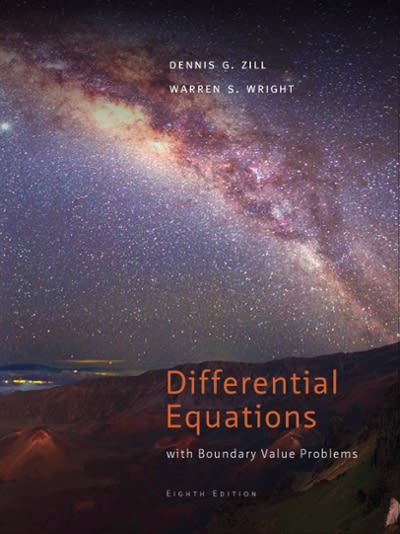Answered step by step
Verified Expert Solution
Question
1 Approved Answer
What is the main difference between High-Low Method and Regression Analysis? A) They are the same B) Regression Analysis is used in aggressive periods, but

What is the main difference between High-Low Method and Regression Analysis?
A) They are the same
B) Regression Analysis is used in aggressive periods, but High-Low Method is used always
C) High-Low Method is based on 2 periods, but Regression analysis consider all data so Regression analysis is more trustable
D) High-Low Method is based on high costs, but Regression analysis considers all costs
E) Regression Analysis is based on 2 periods, but High-Low Method considers all data



Step by Step Solution
There are 3 Steps involved in it
Step: 1

Get Instant Access to Expert-Tailored Solutions
See step-by-step solutions with expert insights and AI powered tools for academic success
Step: 2

Step: 3

Ace Your Homework with AI
Get the answers you need in no time with our AI-driven, step-by-step assistance
Get Started


